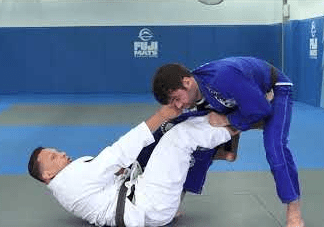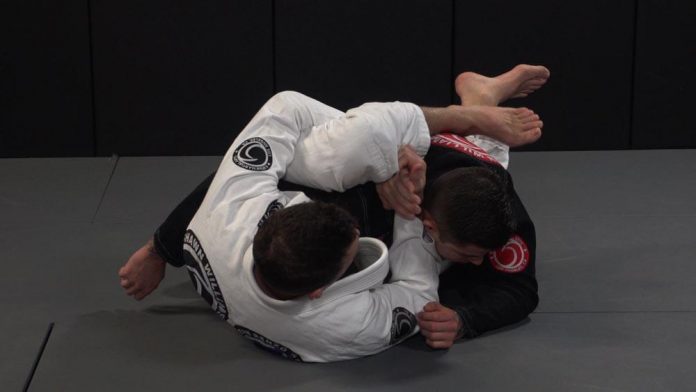
What is your best-closed guard strategy? Do you like to retain guard and bait, openly attack or tire out opponents with grip fighting? How much effort do each (or all) of these strategies require? What if I told you that there’s a somewhat unusual closed guard variation out there that can revolutionize your closed guard? here’s the sales pitch – you get to just lay there, completely safe and more than halfway through a bunch of submissions. What’s even better is that everyone’s susceptible and nobody will be able to get out. Interested? Then let’s talk about the Williams Guard.
The simplest solution to success with the closed guard is thinking outside the box. Eddie Bravo proved that years ago with his Rubber Guard system. Still, this is not a guard that everyone can play, due to flexibility issues. Shawn Williams realized this and brought about the best possible solution – a new hybrid closed guard. his guard system ended up being so effective that it now bears his name. The Williams Guard is the simplest advanced guard variation you’ll ever see, and most likely the only one you’ll revert to using. After all, it is always great when the guard is half a submission, right?

The Ultimate Closed Guard Hybrid
The solution to the most common closed guard problems was always going to be in a hybrid. The closed guard, as effective as it’s basic version is, has a few limitations. Namely, it has you lying on your back, effectively keeping you at quite a distance from your opponent. While this does mean you can’t get hit, it is still not the best spot. Whether it is sport or self-defense, shortening the distance is always the preferred option. And the best way to shorten the distance is to bring the opponent towards you.
While bringing the opponent to you might not seem like such a problem from the closed guard, keeping them there is. How long can you keep someone’s posture broken form the basic closed guard? This is exactly why the Rubber guard ended up being a huge success. Bravo figured out how to get people down and keeping them there with the rubber guard. However, his method worked for him and only a handful of flexible others. What it accomplished though, is to open the door for hybrids of the closed guard.
Shawn Williams’ take on it was to once again use the legs to keep the opponent’s posture broken. However, unlike the rubber guard, Shawn likes to employ angles rather than flexibility. This makes the Williams guard just as useful for the 50-year-old with knee issues as it is for the ultra-flexible 22-year-old featherweight. It seems Shawn found the ultimately closed guard hybrid for both BJ Jand MMA purposes.
Williams Guard – The Solution To All Your Closed Guard Trouble
What makes the Willimas Guard so different than both the closed guard and the rubber guard, respectively? Well, ti bets the full guard in it’s positioning and the availability of direct threats. It trumps the rubber guard in simplicity, and more importantly, the lack of crazy flexibility requirements.
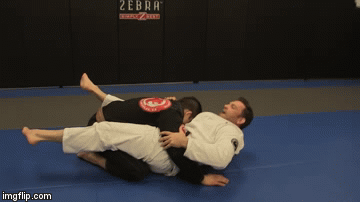
The Williams guard is all set when you wrap your free arm around the knee that’s on their back. Slap a palm to palm grip on and you’re in the Williams guard. The one key moment to the Willimas Guard is in maintaining the frame you have with your hands. As long as your bottom forearm has their head looking away, you can do whatever you want. There’s no pass available, no way to regain posture, and you have the option of finishing at will.
A Few Easy Attacks
If you’ve been training for more than a few months, there’s no way you’re not seeing the submissions from the Willimas Guard. Take another look. You’re seeing that Omoplata that’s halfway in, right? Right? As obvious as the Omoplata is, you also have a lot of other options as well. Let’s look at some.
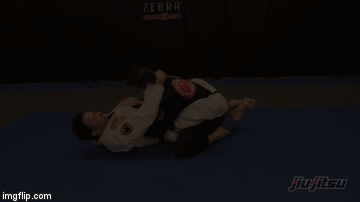

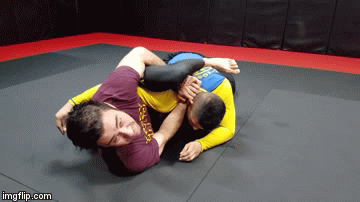
Shawn Williams
Shawn Willimas is one of Renzo Gracie’s most distinct black belt. Actually, he got his black belt together with John Danaher, somewhere around the early 2000s. Actually, he is the fifth American that got a black belt in Brazilian Jiu-Jitsu.
The charismatic lightweight is the man behind a lot of Jiu-Jitsu innovation, most notably his Williams Guard system. He started training as early as 1996, after being impressed by Renzo’s fighting efforts. The Willimas guard actually has roots that date back to 1999 when Shawn first came up with the early version of it. The guard got the stamp of approval by both Danaher and Renzo, and Shawn continued to experiment. After successfully using it in tournaments like ADCC, Shawn, and the rest of the grappling world knew for certain that this guard is legit.
Today, Shawn has his own academy in L.A. where he teaches on a regular basis. He is also a regular in the Renzo Gracie headquarters in NYC whenever he is in town.
Closing Thoughts
Overall, the Willimas Guard is my go-to guard when I’m not playing open guards. It is a great spot to get to from both the closed and the half guard. Since I’m now 34 and boasting an impressive injury list, this guard makes playing closed guard a real enjoyment once again. Not that it’ll take you a while to get used to having your arm under your leg and using the frame. Once you get that down, though, there’ll be no stopping you from the bottom!

















